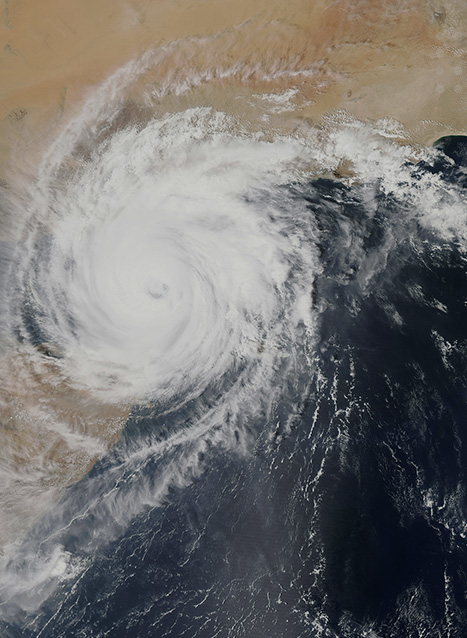
Hurricane Irma Heads Towards the Caribbean – Environmental Risks
4 Sep 2017
Hurricane Irma is currently a Category Three storm in the mid-Atlantic but is heading west towards the Caribbean. The centre of the hurricane is expected to approach the northern Leeward Islands (Antigua, Barbuda, Anguilla, Montserrat, St. Kitts, and Nevis, Saba, St. Eustatius, Sint Maarten, Saint Martin and Saint Barthelemy) on the evening of 05 September but Irma is expected to strengthen to a Category Four storm before this time. While the Leeward Islands are most likely to be impacted by this storm, other islands in the Caribbean, including the Virgin Islands and Puerto Rico, may be affected. At present, the storm is producing 185 km/h winds and is moving at 22 km/h.
Key Points
- Hurricane Irma is currently a Category Three storm in the mid-Atlantic with sustained winds of 185 km/h (115 mph) and is moving at 22 km/h (14 mph).
- The storm is expected to brush the north of the Caribbean, with the northern Leeward Islands expected to be at threat from late on 05 September.
- Irma is predicted to intensify to a Category Four hurricane on 04 September.
Situational Summary
Environmental: Hurricane Irma is currently a Category Three storm in the mid-Atlantic but is heading west towards the Caribbean. The centre of the hurricane is expected to approach the northern Leeward Islands (Antigua, Barbuda, Anguilla, Montserrat, St. Kitts, and Nevis, Saba, St. Eustatius, Sint Maarten, Saint Martin and Saint Barthelemy) on the evening of 05 September but Irma is expected to strengthen to a Category Four storm before this time. While the Leeward Islands are most likely to be impacted by this storm, other islands in the Caribbean, including the Virgin Islands and Puerto Rico, may be affected. At present, the storm is producing 185 km/h winds and is moving at 22 km/h.
Longer-range forecasts suggest that Irma is likely to curve northwest beginning 04 September and could potentially strike the east coast of the United States, though it is too early at present to be definitive in this assessment. If it does hit the United States, it is likely to do so between 9 and 10 September. In areas that are hit, heavy rain, flooding, storm surges and strong winds are expected.
Hurricane Irma is the third hurricane in as many weeks to hit North and Central America. Texas is still recovering from Hurricane Harvey and the effects of tropical storm Lidia are still being felt on the pacific coast of the Americas. Hurricane Irma is moving much faster than Harvey, which means that the amount of rain felt by residents is predicted to be less.
SECURITY ADVICE
EnvironmentModerateTravellers are advised to pay close attention to weather updates in the coming days to see how the direction and the intensity of Irma stands to change. Any travellers in the Caribbean, and in particular the Leeward Islands, should ensure that they have a hurricane plan in place, especially when considering that this is currently the height of the hurricane season.
If and when the storm hits, it is advisable to avoid low lying areas because of the increase chances of flooding from storm surges and heavy rain. It is also advised to cover windows with storm shutters and make any alterations to accommodation to ensure protection, such as sandbags around doorways if flooding is a concern. At present, it is best for people to stay in their current location and ensure it is stocked with water, medication and if possible a power generator. Food supplies should consist of non-perishable items and be enough to support each family member for at least three days. One gallon of water per day per person is also recommended. It is also advisable that families and loved ones are informed of your current position and kept regularly updated so that they can send assistance in case they lose contact with you. Travellers who are on holiday should follow the instructions of the hotel authorities as they will have their own hurricane plans and formalities.
Travellers may wish to use travel-tracking technology with an intelligence feed to stay updated of storm and security related events. Travellers utilising air travel in the region over the coming week should contact their airline to understand what impact Hurricane Irma has on any planned flights.
For more, and to follow the path of the storm, see the United States’ National Hurricane Centre website at: http://www.nhc.noaa.gov.